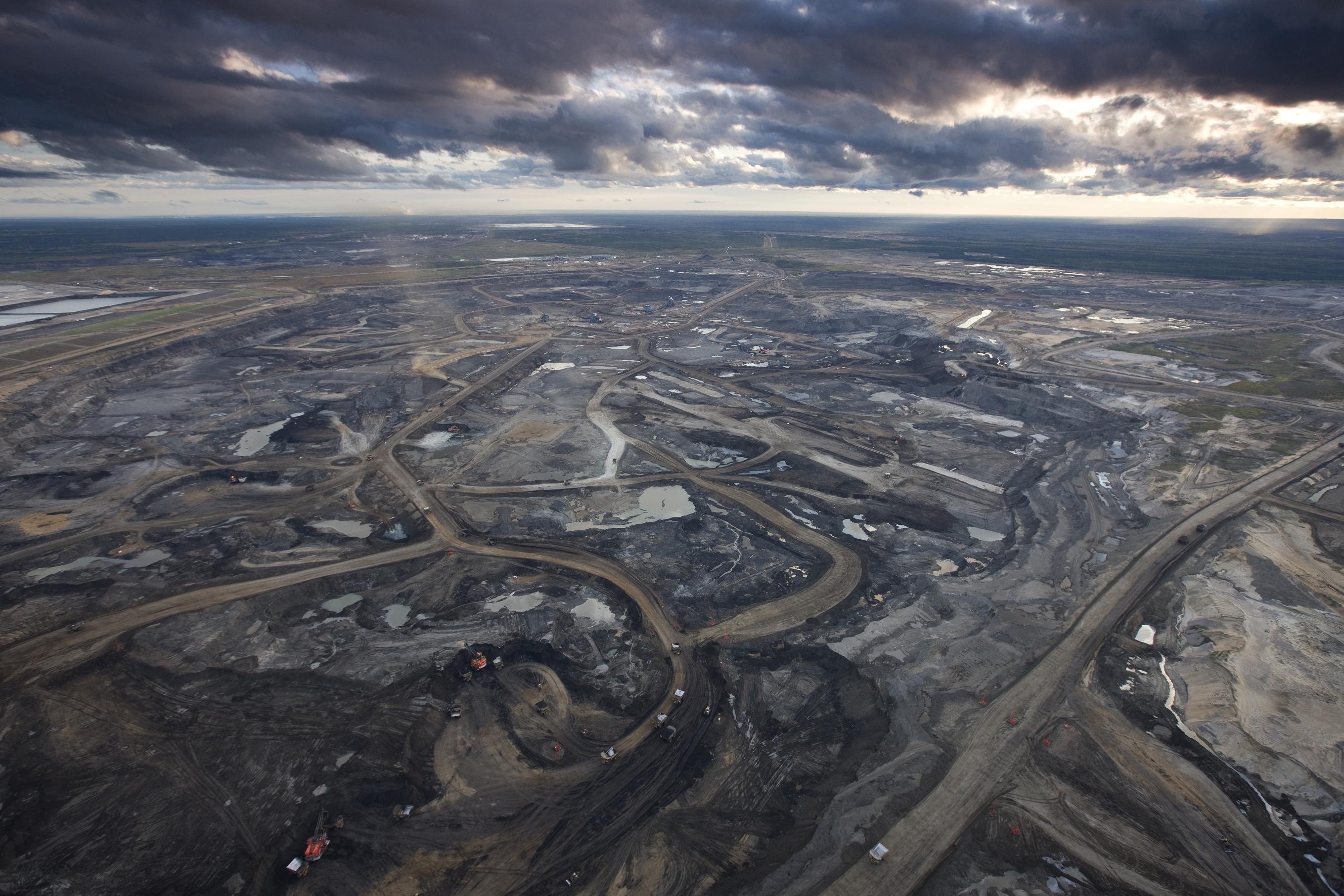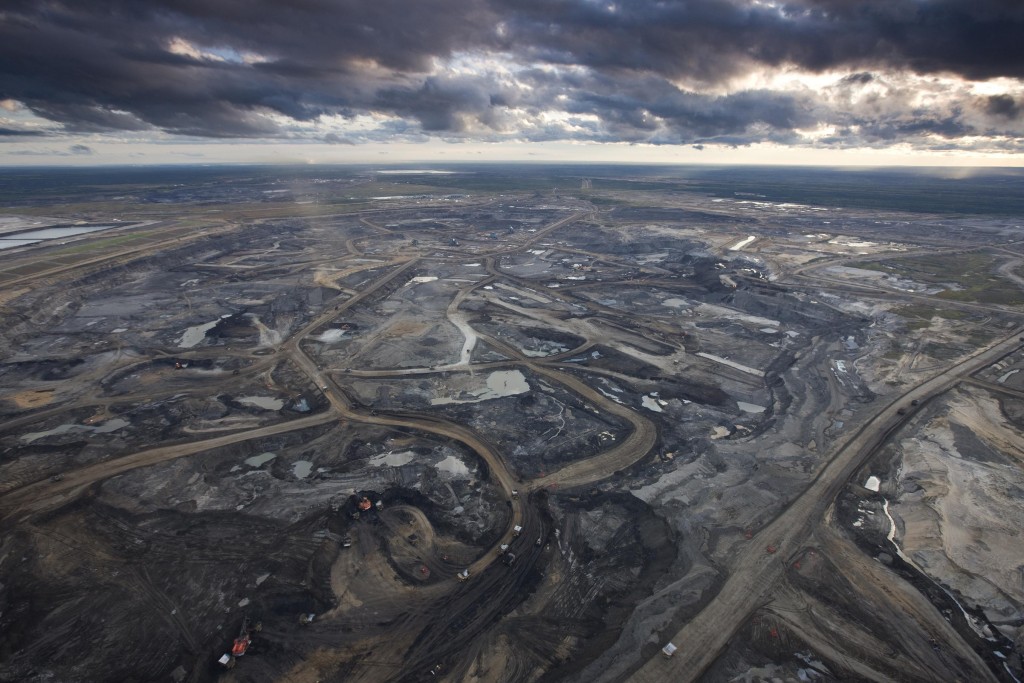
The Federal government narrative – that you can worry about the environmental impacts all you want, but the oil sands are fundamentally good for the Canadian economy – makes a lot of intuitive sense on two levels. First, the narrative is grounded in the historically positive ethos surrounding resource extraction in Canada. Canadians have long understood what laid at the foundation of our economy: staples. And although the nation’s economy has grown, and grown up, since the introduction of the staples theory, there remains a strong resonance to the idea that staples – and staples extraction – are fundamental to Canada’s economic identity.

Second, the Federal oil sands narrative has some big numbers on its side: oil sands production generated over $248 billion in sales from 2006-2012, with oil sands companies contributing a similar amount back into the Canadian economy in the form of capital expenditures, operating costs, and royalty payments to the Alberta government. It is intuitive to connect billions in sales and spending with the notion of economic progress.
But sometimes our intuition is wrong. The numbers simply do not bear out the notion that the oil sands have been well managed from an economic point of view. This article appears in the Green Issue of the Obiter, but it is only indirectly connected to environmentalism. Rather it is an attempt to re-invigorate the oil sands debate – to work past the status quo where economic and environmental arguments pass each other like two ships in the night – and to shed a light on Federal mismanagement in the industry.
The first notion deserving of analysis is the idea that, in raw numbers at least, the benefit to Canada from oil sands extraction is enormous. Granted, oil sands corporations are massively profitable (see below). The distribution of this profit, however, has thus far not been working for Canada. Consider that Alberta receives 90% of the economic benefits from the oil sands, and yet the government still cannot balance its budget. Norway has been able to create a trillion-dollar sovereign wealth fund from oil royalties, and Alberta is broke. That oil sands companies are more than two-thirds foreign owned does not help profit flow into Canada, either.
The narrative from the Federal government is that royalty rates, the main form of tax on oil sands production, must be kept low in order to ensure sufficient profitability in the sector such that capital will remain widely available to it. And at the onset of oil sands development, when extracting the resource was an unknown and uncertain endeavour, massive tax incentives – including the collection of royalties on a net-profit basis – may have been necessary. This rationale, however, has expired, as it belies the massive profitability of oil sands companies; even in 2008, when royalty rates were at their highest, oil sands companies netted profits of twenty-nine billion dollars between sales and expenditures (excluding capital expenditures).
So there is massive profit, but the economic benefit to Canada’s main beneficiary (Alberta) is negligible. The narrative starts to crumble.
Worse still, when it comes to other measurements, the wrong things are trending upwards. First, the massive economic activity in the oil sands helps raise the Canadian dollar, depreciating the value of exports for all other economic sectors. As a nation of thirty million, and therefore dependent on exports, that stings not only Canadian manufacturing but also our tertiary industries. Second, consider the Federal government’s stated plan to increase the price of oil sands exports via pipeline development: this would, granted, increase the oil sands’ already-massive profits, but would also increase the price of gas in Canada as oil trades as a commodity.
That last point, about the price of gas increasing in Canada as a result of pipeline development, was originally articulated by Robyn Allan, an MIT economist hired to the Federal Joint Review Panel for the Northern Gateway pipeline. Allan’s findings were not controverted in the Panel’s study; they were merely subsumed and ignored by the Federal narrative of prosperity.
Allan would not be the first or last economic expert left unheeded. In a 2006 interview, Alberta’s favourite Premier and true oil sands pioneer Peter Lougheed railed against low royalty rates and the “extreme overheating” of the Albertan economy. While he spoke with optimism, hopeful that Alberta’s own Stephen Harper would rectify the situation, royalty rates have been cut in half since then while inflation in Alberta has continued apace.
When one is able to fight past the Federal government’s rhetoric and narrative, it becomes clear that the benefits from the oil sands are far fewer, and far more diffuse, than commonly assumed. The harms to the environment, heretofore swept under the rug of supposed economic progress by the Federal government, are not so tangential. It is time to seriously reconsider the economic analyses and tenets of the debate, and it is time to seriously question the Conservative narrative on the oil sands.
